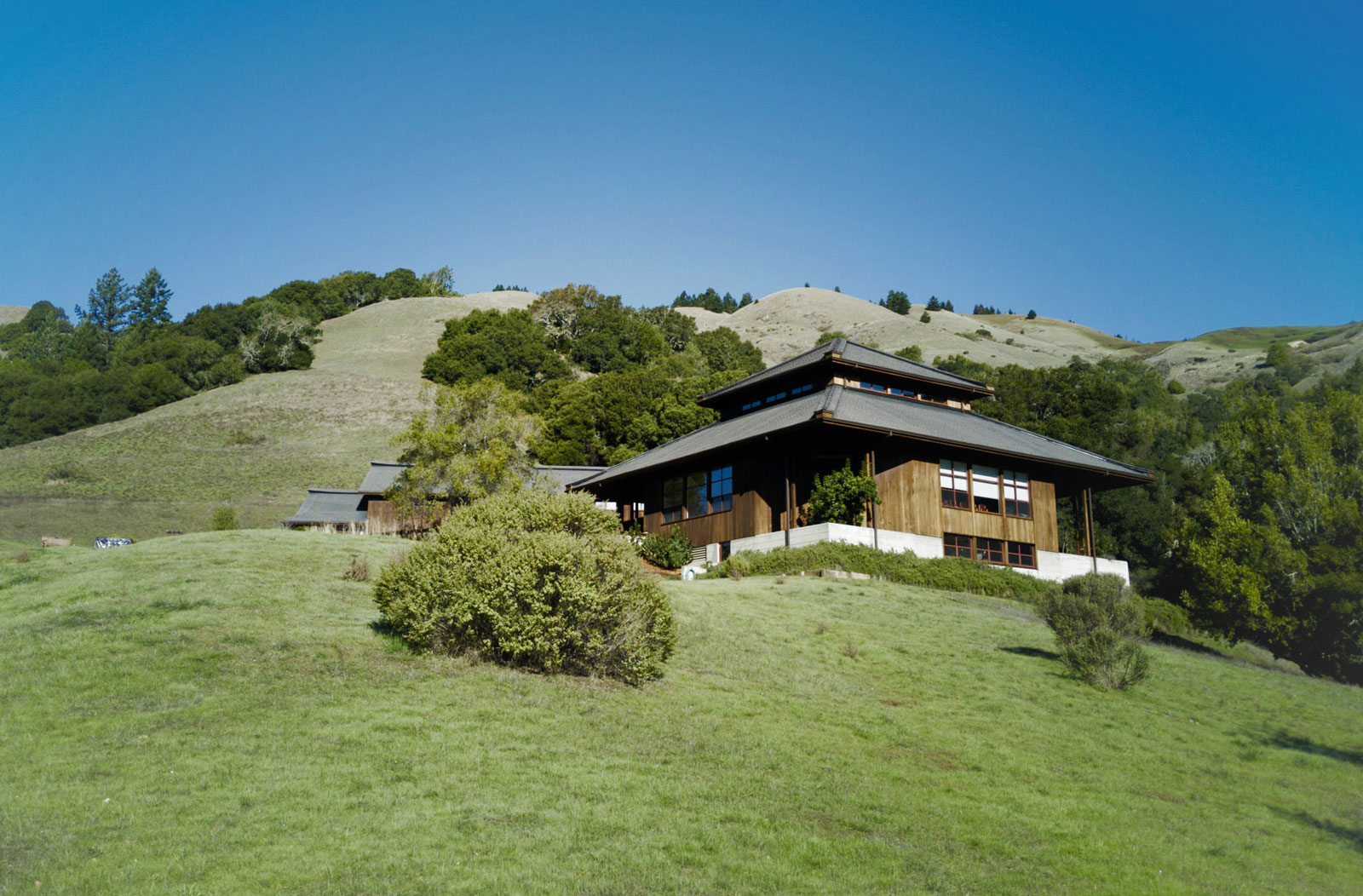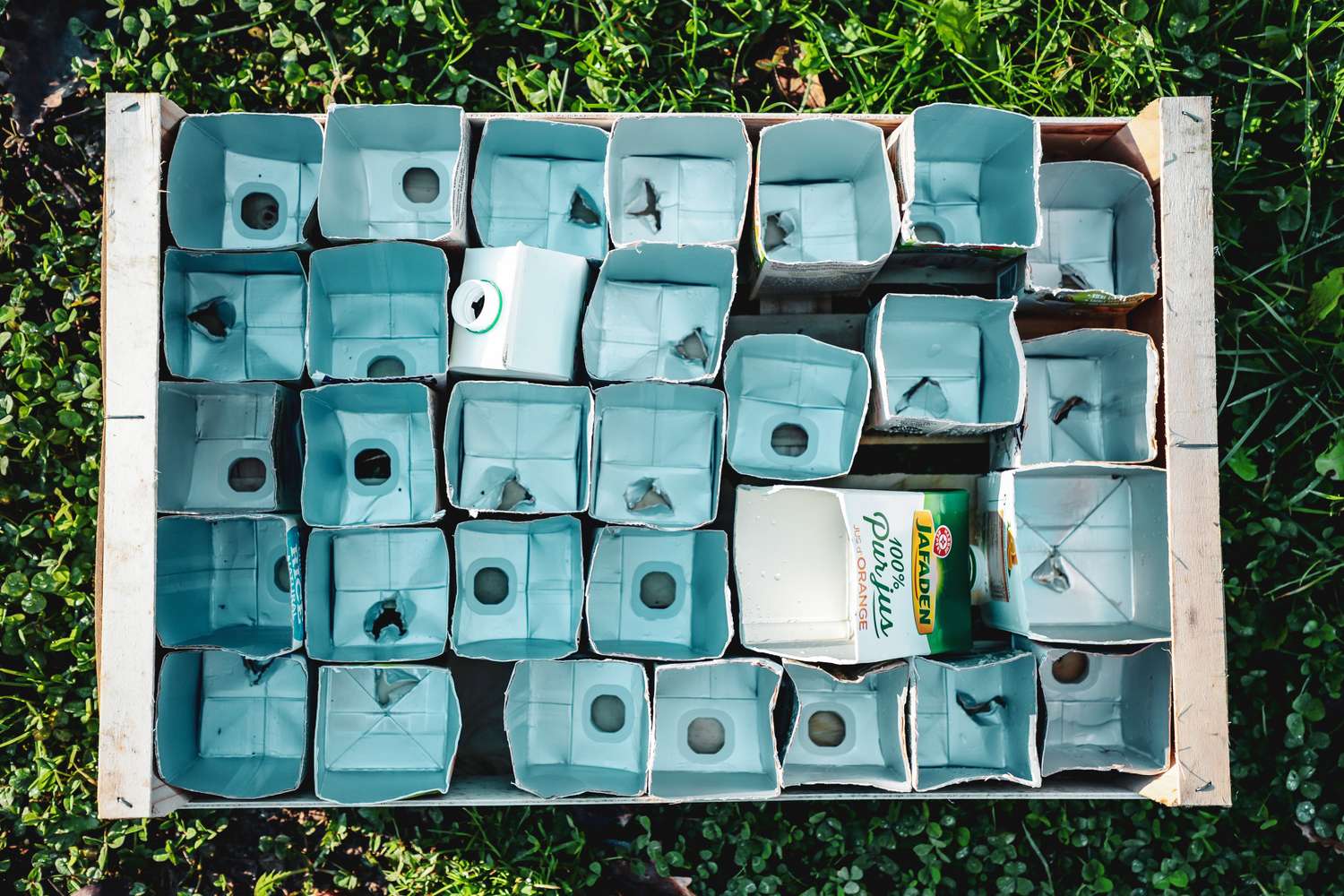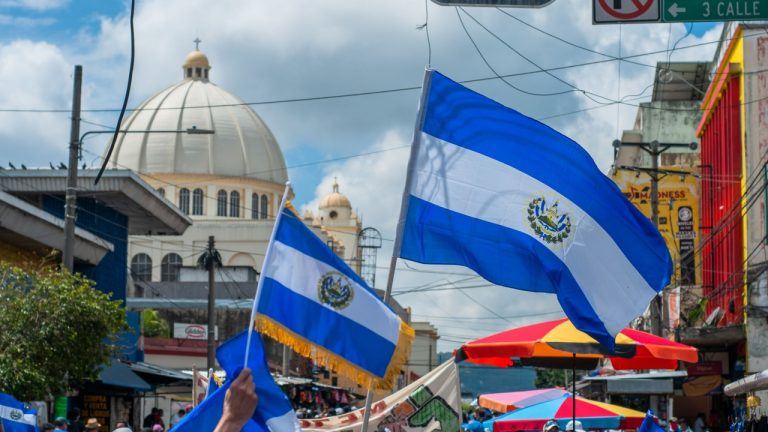A Travel Guide to Various Buddhas’ Purelands and Finding the Right One for You
In what way are the Buddhist Purelands real and accessible? How can we visit them? Which one should we aspire to based on our own situations and karmas? How can an visionary trip to the Pure Realms help focus...

 Sukhavati the Western Pureland of Amitabha Buddha.
Sukhavati the Western Pureland of Amitabha Buddha.In what way are the Buddhist Purelands real and accessible? How can we visit them? Which one should we aspire to based on our own situations and karmas? How can an visionary trip to the Pure Realms help focus my practice?
An visualized travelogue to the fantastic Buddha Purelands may seem like fantasy, escape or a dream until we remember that most meditative practice in Buddhism is in the space of the mind. If we ask ourselves — or seek answers in the teachings — it becomes clear that the Purelands are in the transcendent realms of the mind. These Purelands already exist within us, traditionally found “at the heart” by virtue of our inherent Buddha Nature.
 A traditional image of Sukhavati, the Western Pureland of Amitabha Buddha.
A traditional image of Sukhavati, the Western Pureland of Amitabha Buddha.
No Suitcase Required
You can’t pack up your suitcase, book a ticket, chant a mantra, and travel to the Purelands. In fact, Suitcases and baggage aren’t desirable in the Purelands. You want to leave that earthly clingy baggage behind. But, you can, as we do in some forms of Vajrayana meditation, visualize those realms and literally experience them, no suitcase required.
Formally, this involves Phowa practice, but here, we’re simply traveling with our imagination to get a feeling for which Pureland, practice and Buddha Wisdom suits our needs.
 Conceptually, we go to Amitabha’s Pureland through aspiring to Sukhavati. Once there, we received pure Dharma teachings until we ripen to full Enlightenment.
Conceptually, we go to Amitabha’s Pureland through aspiring to Sukhavati. Once there, we received pure Dharma teachings until we ripen to full Enlightenment.
How Do We Perceive Pure Lands?
The Purelands of the Buddhas are, from a modern perspective, thought of as the “pure mind” of the Buddha. By purifying our own mindstream, it is possible, in this way, to at least glimpse the essence of the Purelands.
By removing all attachments, ego, and negative karma imprints, we become One with the Enlightened Mind. In other views in Buddhist teachings, the Purelands are actual places, albeit transcendent domains. In this way of thinking, we are endlessly reborn into the six realms (collectively the desire realms and form realms) or into the “formless realm” until we aspire to, and attain the Pureland, which is the “realm” that transcends all of these.
 In this older thangka of Khadira Tara (Himalayanart.org) she is depicted with many lotus and uptala flowers indicating her aspect as the nourisher and protector of nature. Her pureland is the Turquoise pureland, visualized as a thriving wilderness.
In this older thangka of Khadira Tara (Himalayanart.org) she is depicted with many lotus and uptala flowers indicating her aspect as the nourisher and protector of nature. Her pureland is the Turquoise pureland, visualized as a thriving wilderness.
4th-century Indian master Asaṅga in the Mahāyānasaṃgraha defined pure lands as having “risen from supreme, supramundane, wholesome roots. It has the characteristics of a cognition that is eminently pure. It is the abode of the Tathāgata.”
 Tara’s Kandira Forest Tuquoise Pureland.
Tara’s Kandira Forest Tuquoise Pureland.
Many Purelands — A Quick Tour
| Main Practices | ||||||
| Sukhavati or | Amitabha and Pandara | Avalokiteshvara | Known as the Pure Land of Ultimate Bliss or Western Paradise, associated with infinite life, light and where beings enjoy unbounded happiness. It is the destination of many Pure Land Buddhists. | Celestial West | Red | Wisdom of Discernment |
| Potalaka | Avalokiteshvara | In this land, Avalokiteshvara receives and guides those who recite his name and practice with devotion. It is part of Sukhavati. | Celestial West | Red | ||
| Yulod Kurpa or Turquoise Pureland | Tara | Green Tara is in every pureland as the embodiment of the activity of all Buddhas, but has her own beautiful Turquoise Pureland. It embodies the perfection of the wild forests and nature. | Celestial West (right next to Potalaka) | Green | ||
| Karmaprasiddhi or Prakuta | Amoghasiddhi and Green Tara | Vishvapani | Celestial North | Green | Wisdom of Perfect Practice and Conduct. | |
| Abhirati | Akshobya and Locana | Vajrapani | Celestial East | Blue | Wisdom of Reflection. | |
| Shrimat | Ratnasambhava and Mamaki | Ratnapani | Celestial South | Yellow | Wisdom of Equanimity, Equality and Giving. | |
| Akaniṣṭha-Ghanavyūha | Vairochana and Dharmadhatvishvari | Samantabhadra | Celestial center | White | Wisdom of Dharamadhatu (Purified Mind in the Nature State) | |
| Vaiḍūryanirbhāas or Pure Blue Beryl Pureland | Medicine Buddha |
A Discerning View of Purelands
The symbolism of Purelands is quite complex and nuanced. A discerning view sees the symbolism as just that — symbols that point us to wisdom. A faithful view may see the Purelands as discrete transcendent realms. An analyitical mind may see the Purelands as therapies for our poisoned mind, clouded as it is by the poisons of anger, hate, attachment, jealousy and so on.
 Conceptually, we would think of Tara’s pureland as lush, beautiful, pristine and wild.
Conceptually, we would think of Tara’s pureland as lush, beautiful, pristine and wild.
All of these views are correct and without contradiction. You can have faith in a discrete transcendent realm of Sukhavati. You can equally have an analytical mind that sees the practice as therapeuptic and helpful, rather than tangible. Is either view wrong? Dualistically, you can debate the topic, but ultimately, all of these views are correct.
Patriarch Ou-I wrote:
“Since there is really nothing outside of this Mind, we have deep certainty that the whole assembly of beings and surroundings in the Western Paradise is a set of reflections appearing in our mind. All phenomena are merged with inner truth, all falsity is merged with truth. All practices are merged with True Nature. All others are merged with oneself. Our own inherent mind is all-pervasive, and the Buddha- mind is also all-pervasive, and the true nature of the minds of sentient beings is also all-pervasive.”
 Avalokiteshvara’s Potalaka Pureland. Himalayan Art.org
Avalokiteshvara’s Potalaka Pureland. Himalayan Art.orgQuick Tour of the Purelands
Visualizing the Purelands is somewhat similar to visualizing yourself as your deity if you have a visualization practice. Many of these practices, such as Tara practice, already do include a visualization of the pureland and merit field.
Why create distinctions between Pure Lands? As long as our minds are deluded, and we do not yet fully grasp Oneness or Emptiness (Shunyata), we visualize this way to keep our minds focused and undistracted. If Tara was our main focus in life practice, Her Pure Land is our aspirational destination. Ultimately, though, all Purelands are One, just as ultimately all Buddhas are One, just as ultimately, all phenomenon are One.
In this case, you would visualize yourself as your Yidam or deity, and see yourself in the Pureland you intend to visit. As with deity practice, you are using your imagination, like a “dress rehearsal” for the time when you complete your practice and actually attain realizations. Until then, it’s a meritorious rehearsal. You visualize and act in the role of the deity to release your ordinary mind and practice the Enlightened body as visualization, speech as mantras and mind as contemplation.
In this “quick tour” just practice as you normally do, but spend extra time visualizing the Pureland of the Deity. Of course, generally, the only Pureland you’d attempt to visualize would be your own practice pureland.
 Another take on Tara’s Pureland. The key visualizing points are, it should be a pristine, pure and verdant Pureland.
Another take on Tara’s Pureland. The key visualizing points are, it should be a pristine, pure and verdant Pureland.
There is no danger in this type of approach. Unlike Phowa, here you’re engaging in generation visualization. There’s no ejection of the consciousness as you would do in a Phowa. You just want to tour and get to know your Yidam’s Pureland.
Research everything you can about the Pureland of your Yidam. If you have a practice such as Amitabha, Avaolokiteshvara or Tara, you are fortunate; there are many, many descriptions of these Purelands from Enlightened Masters who have visited and returned, or Sutras that describe the Purelands.
If you aspire to a less well-known Pureland, you will find less information,
Amitabha’s Pureland — the Blissful Paradise
Pureland Buddhism is also synomous with Amitabha Pureland practice, because of Amitabha’s great vow to take us to his purelands if we chant his name praise with devotion. Amitabha’s pureland is not the only Pureland. It is simply the most attainable, due to Amitabha’s vow in sutra. Amitabha’s Pureland is a peaceful world, where everyone is meditating non-stop in peaceful harmony.
Other purelands are more difficult to attain. For example, Amoghasiddhi’s pureland is the Karma Pureland. Our conduct in our current and past lives, and purification of our negative karmas is vitally important.
Potalaka Pureland of Avalokiteshvara Guan Shi Yin
Potalaka or the Pureland of Potala of Avalokiteshvara, together with Tara’s Pureland of Yurlod Kurpa are neighboring or part of Amitabha’s Pureland. They are all one great vast compassionate area of three Purelands.
Avalokiteshvara’s Potalaka mirrors the peaceful, compassionate world of Avalokiteshvara. The great Bodhisattva has countless forms, which are mirrored in the perfect world of Potalaka, which has both jeweled palaces and sparkling forests and of course, is situated on a pristine mountain.
Tara’s Pureland of Yurlod Kurpa, Turquoise Pureland
Tara’s Pure Land in Mount Potala is described as “Covered with manifold trees and creepers, resounding with the sound of many birds, And with murmur of waterfalls, thronged with wild beasts of many kinds; Many species of flowers grow everywhere.”
For a full in-depth Feature o Yurlod Kurpa, Tara’s Turquoise Pureland, see>>Tara’s Pureland and Avalokiteshvara’s Potalaka Pureland are two of the more accessible Purelands after Sukhavati, Amitabha’s pureland. Tara’s Pureland is usually called Yurlod Kurpo or Turquoise Pureland, although it is sometimes called Rosewood Forest Pureland.
In Tara’s Pureland we enter a dazzling turquoise realm of wild forest, mountain and beautiful nature, mirroring the elegant Mother Tara, who’s sacred place is in the green forests and, equally, the wild oceans. She embodies the perfection of the wild places, but these are wild places of transcendent beauty absent of the wrathful side of nature. It is the natural mother earth at peace.
These images can be taken as literal but equally as metaphorical. These three Purelands, are the most accessible due to the vows of the Compassionate Buddhas of those Purelands:

 AbJimroe
AbJimroe 






























